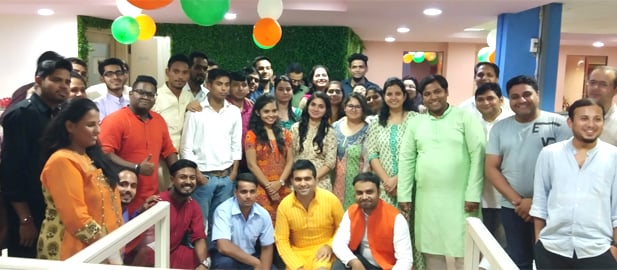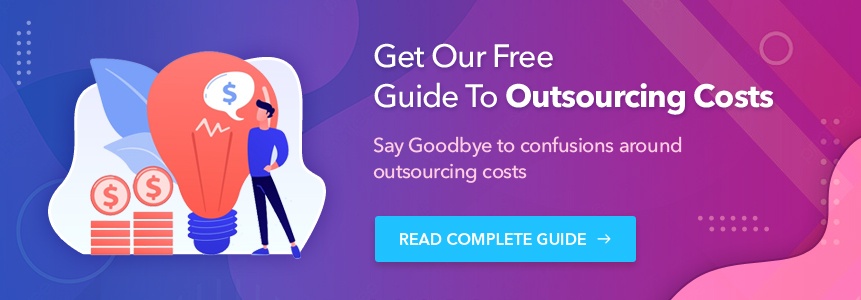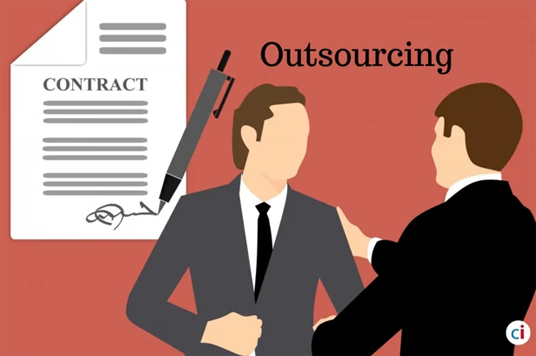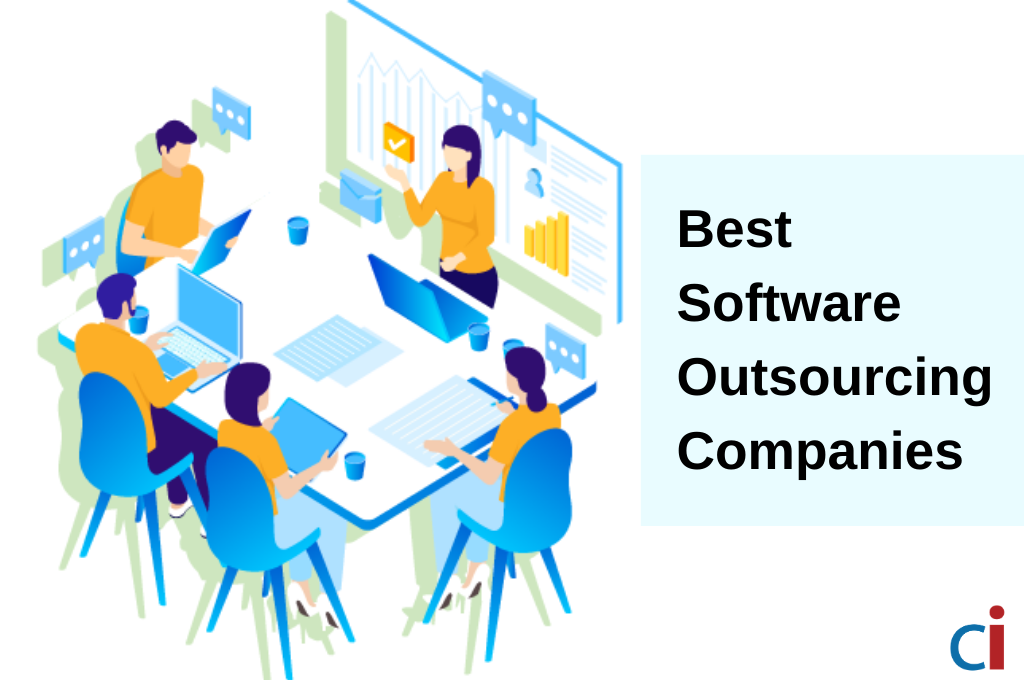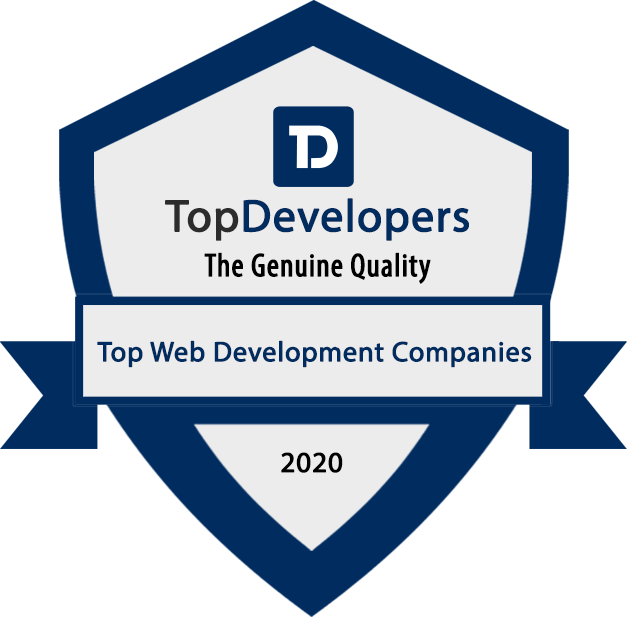Last updated on 11th November 2021.
As we move through 2025, the software outsourcing landscape has become vastly more complex and strategic. No longer just a cost-saving tactic, outsourcing is now a central pillar in digital transformation. Enterprises are seeking long-term, value-driven partnerships that align with their technical roadmap, cultural ethos, and compliance needs. India remains one of the top destinations for software outsourcing due to its massive IT talent base, flexible delivery models, and advanced tech capabilities in areas like AI/ML, cloud-native development, and cybersecurity.
This article offers an in-depth guide to selecting the ideal software outsourcing partner in India—tailored for CTOs, CIOs, and Engineering Heads navigating today’s post-pandemic, hybrid-remote world.
The New Outsourcing Reality: Beyond Cost Savings
Traditional outsourcing focused on reducing overhead. In today’s digital-first business model, that’s no longer enough.
- Value Over Volume: Leaders now seek innovation—not just execution. The right partner should help shape your tech roadmap, propose architecture upgrades, and recommend process improvements. For instance, rather than just building an app, they should advise on best practices in CI/CD or how to optimize cloud spend.
- Outcome-Driven Metrics: Instead of tracking hours worked, companies now measure success by KPIs like reduced time-to-market, improved app stability, lower defect rates, or customer retention metrics.
- India’s Global Role: India’s IT industry is worth $245 billion (as of 2024), with over 5 million tech professionals. Its blend of technical depth, cost efficiency, and a large English-speaking workforce keeps it in high global demand.
Embracing Hybrid and Onshore-Offshore Team Models
The hybrid model combines offshore cost-effectiveness with onshore proximity—delivering the best of both.
- Blended Teams for Strategic Projects: For example, a UK-based company might keep its product owner and UX team in London, while leveraging Indian developers and QA engineers to deliver features at scale. This allows real-time feedback without compromising delivery speed.
- Global Talent Optimization: Hybrid models help enterprises access niche talent (e.g., AI engineers in Bangalore) while maintaining close communication through nearshore counterparts (e.g., in Eastern Europe or North America).
- TCS and IBM Case Study: Their hybrid cloud collaboration empowered banks and telecom giants to migrate workloads seamlessly while ensuring global support and compliance. It’s a template for modern outsourcing.
Prioritizing Technical Specialization
Outsourcing partners must do more than write code—they need to bring in domain and technical depth.
- Demand for Niche Skills: AI/ML, cybersecurity, blockchain, IoT, and cloud-native development are not optional—they are prerequisites for staying competitive. A 2024 IDC study shows 73% of enterprise leaders cite lack of in-house AI skills as a key driver for outsourcing.
- Proof of Capability: Look for hands-on experience with platforms like AWS SageMaker, Azure AI, Kubernetes, Terraform, and DevSecOps tools. Certifications (AWS Pro, GCP ML Engineer, CISSP) add credibility.
- Custom Toolkits and IP: Mature outsourcing companies build reusable accelerators—like code scaffolds, AI models, or testing frameworks—that fast-track development.
Evaluating Industry Experience and Domain Expertise
It’s not just about writing code—it’s about writing code that fits your industry.
- Why It Matters: A logistics app requires real-time GPS integration and route optimization; a fintech platform must meet KYC/AML standards. These nuances can’t be learned on the job.
- Deep Dives in Domain Logic: Partners with prior exposure understand data standards, regulatory expectations, customer behaviors, and platform needs. This speeds up onboarding and minimizes friction.
- Infosys + Telstra Success: Infosys didn’t just provide engineers—they delivered AI-powered solutions tailored for telecom’s high-volume support workflows. That domain alignment accelerated Telstra’s digital transformation.
Implementing Scalable Agile and DevOps Practices
Agile and DevOps practices are essential for accelerating innovation.
- Assessing Agile Maturity: Does the partner follow SAFe, LeSS, or Scrum of Scrums? Do they use Jira, Azure DevOps, or GitLab effectively? Mature partners align sprints with product KPIs and continuously reprioritize features based on business value.
- Infrastructure as Code: With DevOps pipelines using tools like Jenkins, Ansible, Docker, and Helm, partners can deploy updates daily with zero downtime.
- Reduced Risk, Faster Releases: Agile-DevOps synergy ensures that MVPs go live faster, bugs are caught early, and iterations happen in real time—ideal for SaaS platforms and digital-native startups.
Adopting an Async-First Communication Mindset
Today’s outsourcing is global and remote-first—so communication must be asynchronous by default.
- Async Tools for Scale: Trello or ClickUp for task management, Loom for video updates, Notion for project documentation, and Slack with status indicators allow teams across time zones to collaborate effectively without waiting.
- Documentation as Culture: The best teams treat documentation not as a chore, but as a strategic enabler—reducing dependencies and accelerating onboarding.
- Async Saves Time: With reduced meetings and more autonomy, developers and managers alike have more time for deep work and innovation.
Strengthening Cultural and Timezone Alignment
Timezone differences can be a strength—not a weakness—if managed smartly.
- Overlap Windows: Define 2–3 hours daily for real-time syncs, while the rest of the time can be async. Use shared calendars and timezone tools like WorldTimeBuddy.
- Language Fluency: Ensure all client-facing roles have strong English fluency and soft-skills training. Look for partners who invest in regular communication workshops.
- Cross-Cultural Training: Top firms train teams in communication styles, client expectations, and escalation frameworks—minimizing cultural misunderstandings.
Ensuring Security, IP Ownership, and Compliance
In 2025, security is a board-level concern—your outsourcing partner must match your standards.
- End-to-End Security Practices: Partners should offer threat modeling, secure coding practices (OWASP Top 10), encrypted code repositories (Bitbucket, GitHub), and secure cloud deployment with IAM.
- Ownership and NDAs: The master service agreement should clearly state IP ownership rights, liability clauses, and post-contract access protocols.
- Compliance Certifications: Look for GDPR-readiness, HIPAA frameworks for healthcare, PCI-DSS for payments, and ISO 27001 for enterprise security.
Conducting Reputation Checks and Reviewing Case Studies
Due diligence can save millions in lost productivity and failed partnerships.
- Third-Party Reviews: Platforms like Clutch, G2, and Gartner Peer Insights offer real client feedback. Look for reviews that highlight delivery speed, responsiveness, and after-sales support.
- Ask for Specific Case Studies: What was the problem? How was it solved? What tech stack was used? What were the KPIs? The more transparent, the better.
- Proof of Long-Term Value: If a company has kept Fortune 500 clients for over 5–10 years, it means they’re doing something right beyond just delivering code.
Comparing Flexible Pricing Models and Total Cost Estimates
The cheapest option is rarely the best—especially over time.
- Understand Your Needs: For well-defined projects, fixed-price may work. For evolving products, time and materials is safer. For scale-ups, a dedicated team model ensures stability and ownership.
- Hidden Costs Add Up: These can include license fees, project management tools, performance bonuses, or unexpected change requests. Ask for a “total cost of ownership” estimate.
- Focus on ROI: Would you pay 20% more for a team that ships 30% faster, with fewer bugs? That’s what you should measure—not hourly rates.
Seeking Proactive and Consultative Engagement
Modern outsourcing is about co-creation, not just delegation.
- Architectural and Strategic Input: A top-tier partner might suggest transitioning to microservices, adding observability tooling, or adopting AI for smarter analytics—not just build what’s asked.
- R&D and Innovation Labs: Partners with internal innovation cells or labs often bring reusable components that cut development time.
- Real Collaboration: Shared roadmaps, sprint retrospectives, and co-created OKRs are hallmarks of a consultative engagement.
What to Watch For: Your 2025 Outsourcing Checklist
Use this checklist to evaluate potential partners or reassess current relationships:
- ✅ Technical excellence in cloud, AI/ML, cybersecurity, and scalable architectures
- ✅ Experience with Agile, CI/CD, and DevOps best practices
- ✅ Strong industry/domain experience aligned with your business
- ✅ Async-first communication using modern collaboration tools
- ✅ Fluent, culturally aware teams with timezone sensitivity
- ✅ Transparent legal, security, and compliance frameworks
- ✅ Proven reputation and long-term client case studies
- ✅ Flexible pricing models with complete cost transparency
- ✅ Strategic, consultative approach with value-added insights
Take the Next Step with Strategic Outsourcing Confidence
Outsourcing today is a strategic growth lever, not just a procurement task. By aligning with partners that bring innovation, agility, and deep specialization to the table, you can scale faster, reduce risk, and gain a competitive edge. Reassess your outsourcing approach using the updated benchmarks above—and demand more from your technology partners. The future is hybrid, intelligent, and collaborative—your outsourcing strategy should be too.
Explore Classic Informatics’ AI & Product Engineering Services
At Classic Informatics, we bring over two decades of engineering experience and innovation into every engagement. Our dedicated teams deliver high-performance digital solutions—from AI-enhanced platforms to scalable SaaS products—leveraging Agile and DevOps at scale. We operate with an async-first, hybrid delivery model across time zones to maximize value for our global clients.
Whether you need AI-led transformation, modernization of your legacy systems, or building a robust product from scratch, we’re your long-term strategic partner.
Contact Classic Informatics to explore how we can help your business scale faster and smarter.











